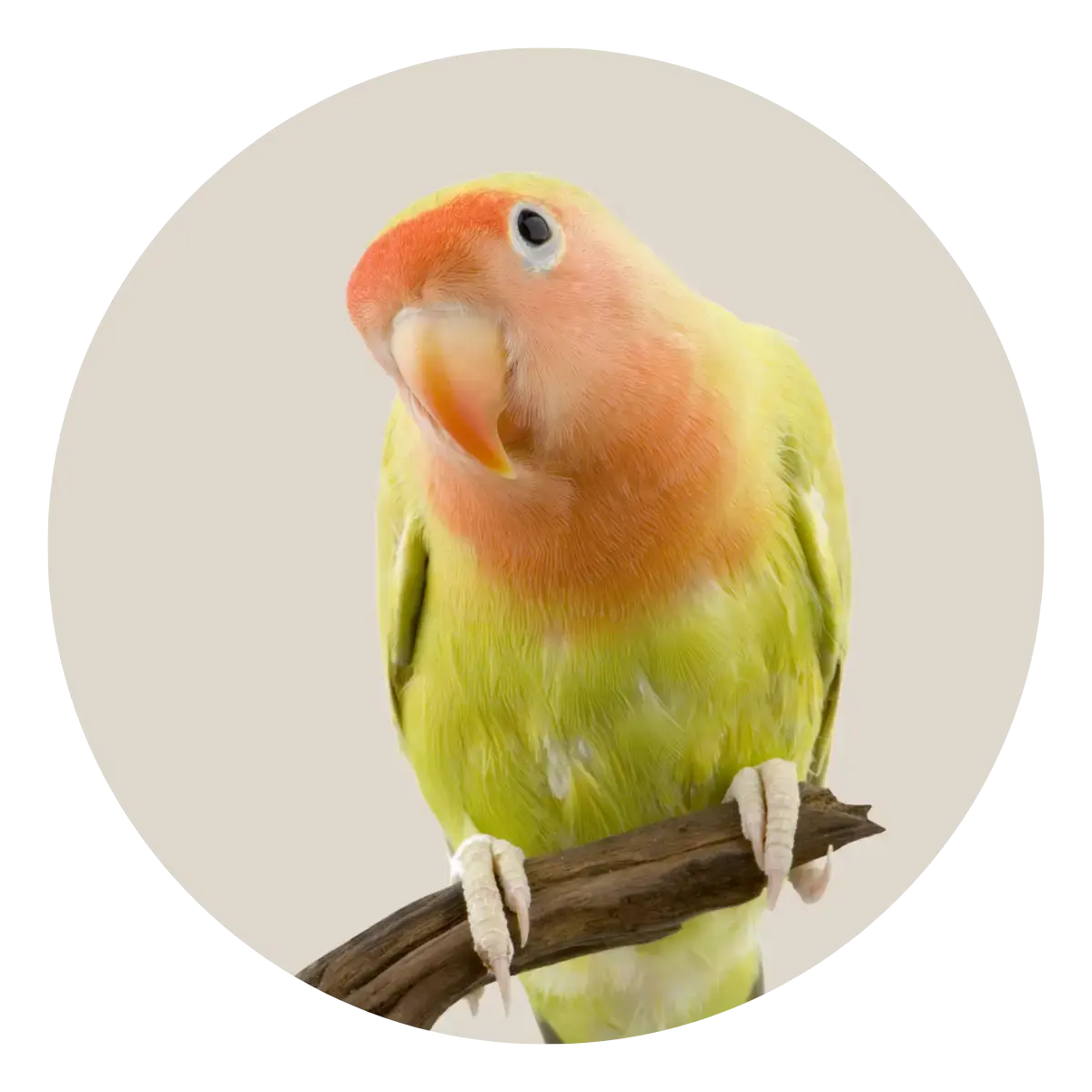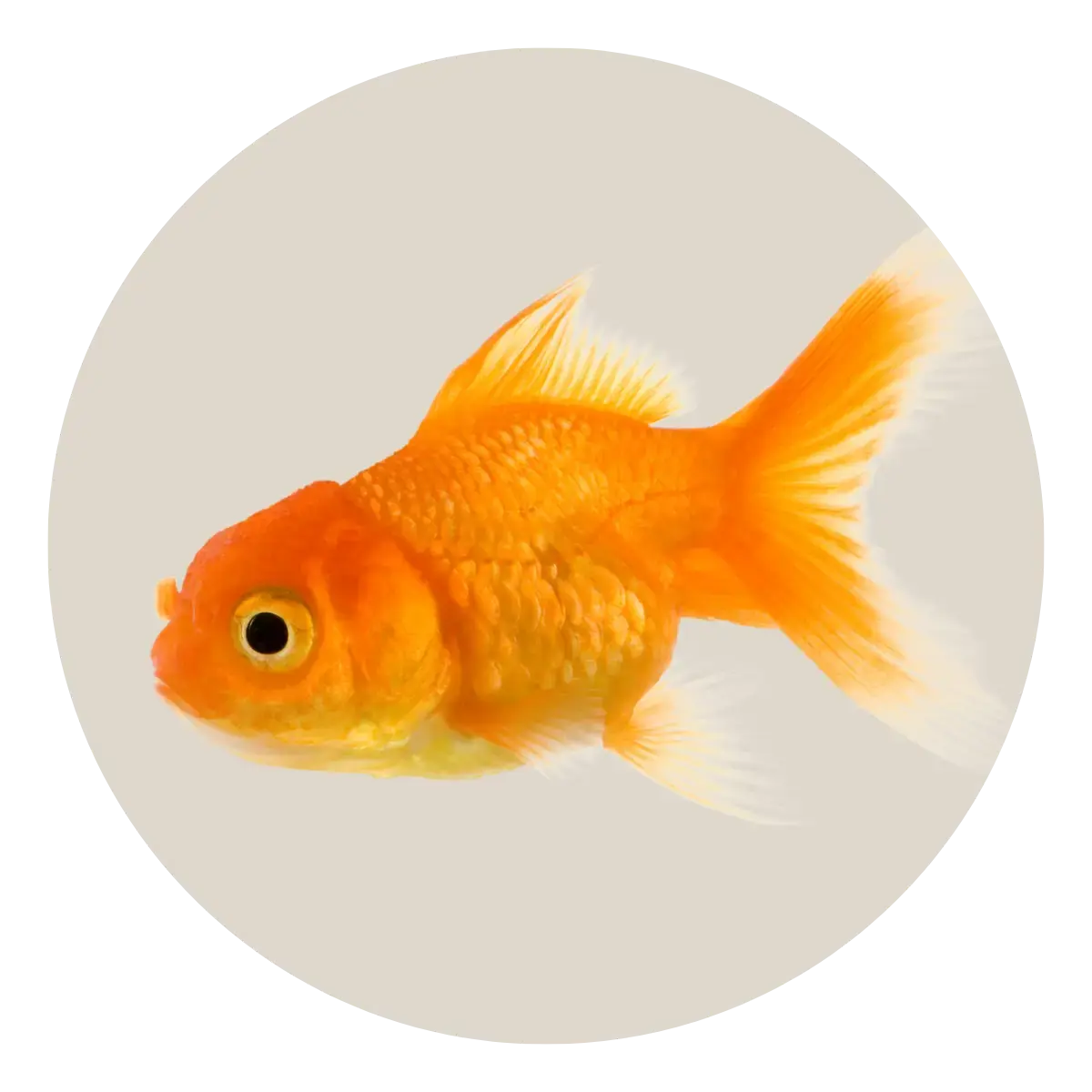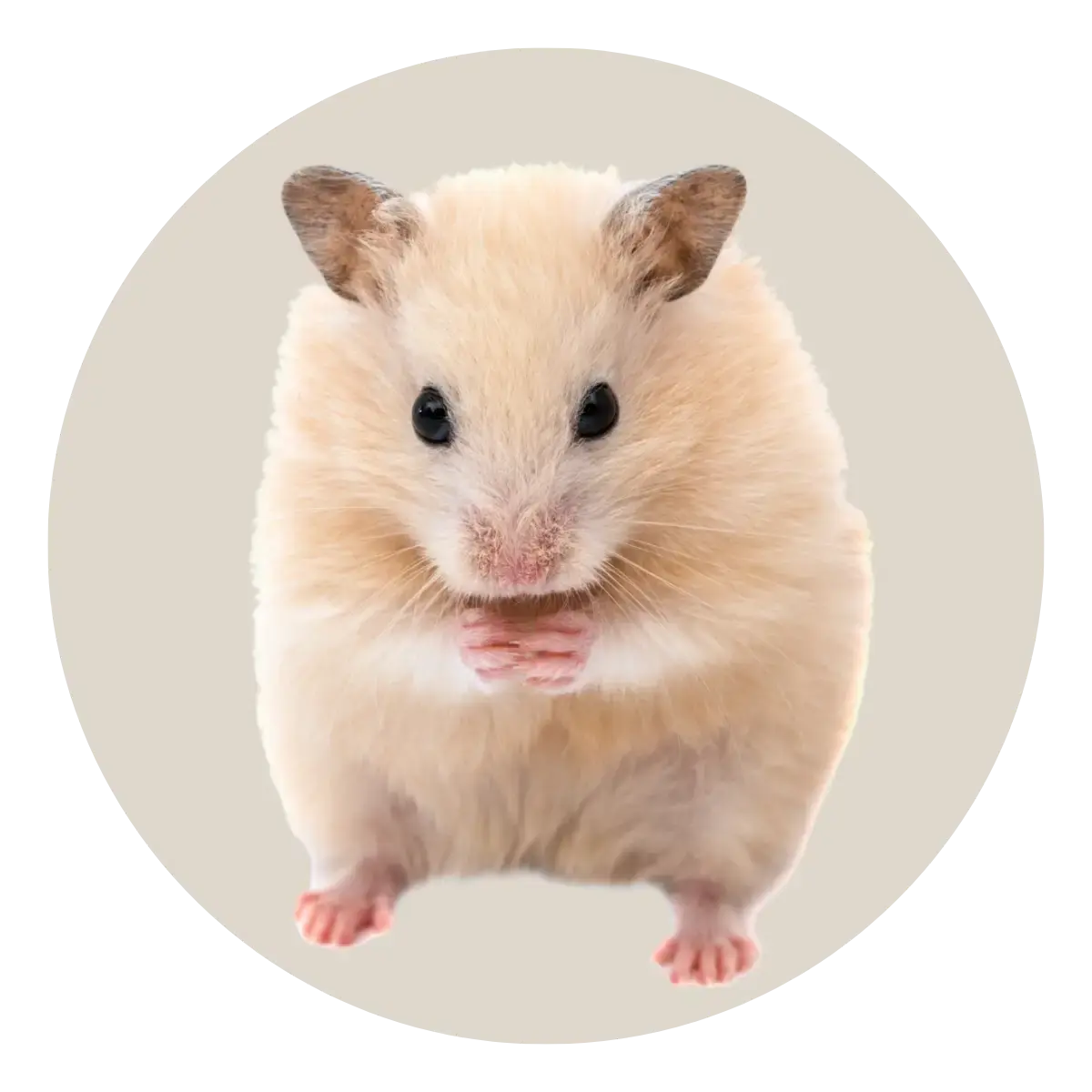As the vibrant colours of autumn sweep through the trees and the days grow shorter and chillier, it’s the perfect time to start thinking about how to care for your pets as the seasons change. Just like us, pets experience the effects of colder weather and shorter daylight hours, so it’s important to take steps to keep them comfortable, healthy, and happy throughout autumn and into winter.
Whether you have a lively dog, a curious cat, or any other furry companion, preparing for the colder months can make a world of difference in their wellbeing. Here’s a comprehensive guide to help you navigate the seasonal transition smoothly:
1. Assess and Adjust Their Outdoor Routine
With temperatures dropping and daylight dwindling, your pet’s outdoor activities may need some tweaking. Shorter walks or play sessions might become necessary, but it’s important to keep your pet moving to maintain their physical and mental health. If you’re cutting outdoor time short, consider bringing the fun inside with games, training exercises, or interactive toys to keep their minds stimulated.
For dogs, be mindful of how cold the ground is - especially for smaller or short-haired breeds who may be more sensitive to chilly pavement or frosty grass. Cats who spend time outside may also seek warmer spots or come indoors earlier, so create cosy, sheltered areas for them to retreat to when they’re out.
2. Keep Them Warm and Comfortable
Not all pets have thick winter coats, and some may feel the cold more acutely than others. Older pets, puppies, and those with health conditions can be especially vulnerable. Take time to evaluate their sleeping arrangements. Placing their bed away from drafts, adding extra blankets, or moving their sleeping area to a warmer spot in your home can help keep them cosy.
If your pet seems uncomfortable during outdoor outings, consider extra layers like pet sweaters or coats - but always ensure these don’t restrict movement or cause discomfort.
3. Pay Attention to Diet and Nutrition
The colder months can sometimes change your pet’s metabolism and energy needs. Some pets may require slightly more calories to maintain body heat, while others might become less active and need fewer calories. Monitor your pet’s weight closely and consult your veterinarian to determine if dietary adjustments are necessary.
Hydration is equally important - pets often drink less water in winter, but staying hydrated supports healthy skin and overall wellbeing. Make sure fresh water is always available and encourage your pet to drink regularly.
4. Protect Their Paws from Harsh Conditions
Cold weather, ice, and de-icing chemicals can all take a toll on your pet’s paws. Regularly check for signs of dryness, cracking, or irritation. After walks, wipe down their paws to remove any salt or grit that could cause discomfort or be harmful if ingested during grooming.
If your pet is reluctant to walk on cold surfaces, try to find softer, less icy paths or limit exposure to harsh conditions. Keeping their nails trimmed also helps prevent injury.
5. Monitor Their Health and Behaviour Closely
Winter can sometimes exacerbate existing health issues, especially in older pets or those with arthritis or respiratory conditions. Watch for any changes in behaviour, appetite, mobility, or breathing. If your pet seems stiff, lethargic, or shows signs of discomfort, a visit to the vet is advisable.
Also, be vigilant for signs of seasonal illnesses or parasites. Some pests may be less active in cold weather, but others can still pose risks indoors or during milder spells.
6. Keep Safety in Mind During Low Light
With shorter days and longer nights, visibility can become an issue during early morning or evening walks. Use reflective collars, leashes, or attach small lights to your pet’s collar to make sure they’re visible to drivers and cyclists. Staying safe during dark walks helps prevent accidents and gives you peace of mind.
7. Provide Plenty of Love and Attention
The colder months often mean more time spent indoors, which can lead to boredom or anxiety for some pets. Be sure to give your companion plenty of interaction, playtime, and affection. This not only strengthens your bond but also keeps their spirits high when outdoor adventures are limited.
Final Thoughts
Autumn and winter bring beautiful changes, but also new challenges for pet care. By preparing your pets thoughtfully for colder weather, you help ensure they stay comfortable, healthy, and happy year-round. If you ever feel uncertain about how best to care for your furry friend during the colder months, don’t hesitate to reach out for advice or support.
Your pet’s wellbeing is your greatest reward - and a little preparation now goes a long way toward a cosy, joyful season together.








